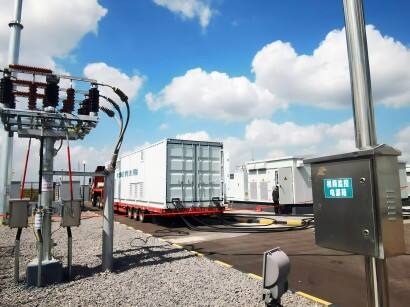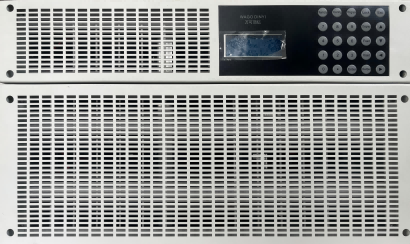onshore wind power generation
Onshore wind power generation represents a cornerstone of renewable energy technology, harnessing the natural power of wind through sophisticated turbines positioned on land. These systems consist of advanced blade designs, typically spanning 40-90 meters in length, mounted on towers reaching heights of up to 100 meters or more. The technology converts kinetic energy from wind into mechanical energy through the rotation of blades, which is then transformed into electrical power via a generator housed in the nacelle. Modern onshore wind turbines are equipped with smart control systems that optimize performance based on wind conditions, automatically adjusting blade angles and rotation speeds for maximum efficiency. These installations can be deployed as single units or in wind farms, with each turbine capable of generating between 2-5 megawatts of power under optimal conditions. The technology incorporates advanced materials like composite materials for blade construction, ensuring durability while maintaining lightweight properties. Contemporary systems also feature sophisticated monitoring equipment that enables remote operation and predictive maintenance, enhancing overall operational efficiency and reliability.




